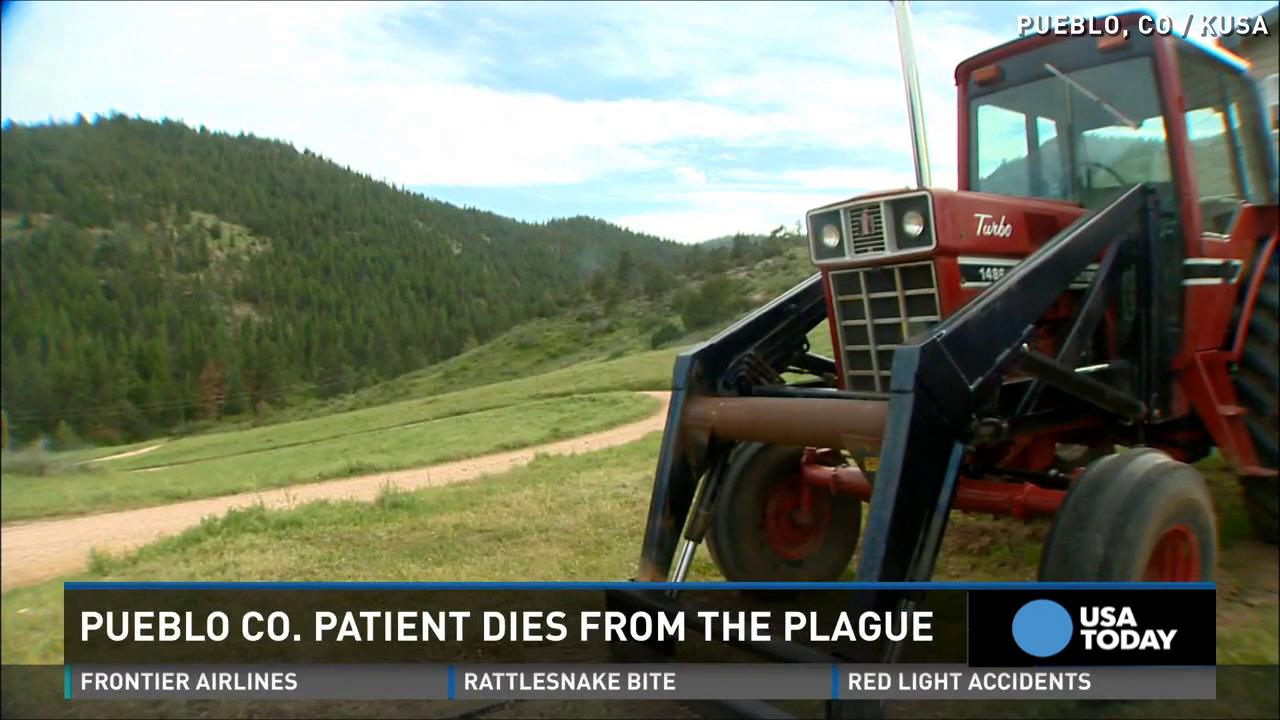Timeline and Events of the Colorado Plague Case
The Colorado plague case began in July 2022 when a 10-year-old boy was diagnosed with the disease. The boy had been camping in the San Juan Mountains with his family when he was bitten by a flea. He developed symptoms of the plague, including fever, chills, and swollen lymph nodes, and was taken to a local hospital. He was later transferred to a Denver hospital, where he was diagnosed with the plague and treated with antibiotics.
The plague case in Colorado has raised concerns, but like the Orlando City vs Toronto FC match, there’s always hope amidst the chaos. Just as the players fought hard on the field, medical professionals are working tirelessly to contain the outbreak, ensuring that life can return to normal as soon as possible.
In the weeks that followed, several other cases of the plague were reported in Colorado. The majority of the cases were in people who had been camping or hiking in the San Juan Mountains. Public health officials believe that the fleas that carried the plague were likely infected by rodents in the area.
In the shadow of the plague’s return to Colorado, where shadows danced like specters, a flicker of hope emerged. Tigres Necaxa , a team of young footballers, soared above the darkness, their vibrant jerseys a beacon of resilience. Their triumph reminded us that even in the face of adversity, the human spirit could triumph, just as the resilience of those fighting the plague’s resurgence.
Measures Taken by Public Health Officials
Public health officials took a number of steps to contain the outbreak of the plague. These steps included:
- Issuing a public health alert about the plague
- Closing the affected areas of the San Juan Mountains to camping and hiking
- Treating people who had been exposed to the plague with antibiotics
- Trapping and testing rodents in the affected areas
These measures were successful in containing the outbreak of the plague. No new cases of the plague have been reported in Colorado since August 2022.
Pathophysiology and Transmission of the Plague

The plague is a bacterial infection caused by Yersinia pestis. It is a highly contagious disease that can be fatal if not treated promptly. The plague is transmitted to humans through the bite of an infected flea or by direct contact with infected animals or their tissues.
There are three main types of plague: bubonic, septicemic, and pneumonic. Bubonic plague is the most common type and is characterized by the swelling of the lymph nodes (buboes). Septicemic plague is a more severe form of the disease that can lead to sepsis and organ failure. Pneumonic plague is the most severe form of the disease and can be transmitted through the air.
Transmission of the Plague
The plague is transmitted to humans through the bite of an infected flea. Fleas become infected when they feed on an infected animal, such as a rodent. When an infected flea bites a human, the bacteria can enter the skin through the bite wound. The bacteria can then travel to the lymph nodes, where they can cause the development of buboes.
The plague can also be transmitted through direct contact with infected animals or their tissues. This can occur when a person handles an infected animal or comes into contact with its blood or other bodily fluids.
Clinical Manifestations of the Plague
The clinical manifestations of the plague vary depending on the type of disease. Bubonic plague is characterized by the swelling of the lymph nodes, which can be painful and tender. The lymph nodes may also become red and swollen. Other symptoms of bubonic plague include fever, chills, headache, and muscle aches.
Septicemic plague is a more severe form of the disease that can lead to sepsis and organ failure. Symptoms of septicemic plague include fever, chills, headache, muscle aches, nausea, vomiting, and diarrhea. The bacteria can also spread to the bloodstream, causing sepsis.
Pneumonic plague is the most severe form of the disease and can be transmitted through the air. Symptoms of pneumonic plague include fever, chills, headache, muscle aches, cough, and shortness of breath. The bacteria can also spread to the lungs, causing pneumonia.
Prevention and Control of the Plague: Colorado Plague Case
Preventing and controlling plague outbreaks is crucial for public health. Effective measures include vaccination, rodent control, flea abatement, and personal protective measures.
Plague Vaccines
Plague vaccines are effective in preventing the disease, but their use is limited to high-risk individuals such as laboratory workers and travelers to endemic areas. The most commonly used vaccine is the inactivated whole-cell vaccine, which provides protection for about five years.
Rodent Control and Flea Abatement
Rodent control is essential for preventing plague outbreaks, as rodents are the primary reservoirs of the plague bacterium. This can be achieved through habitat modification, trapping, and poisoning. Flea abatement is also important, as fleas transmit the bacterium from rodents to humans. This can be done through insecticides, repellents, and flea collars.
Personal Protective Measures, Colorado plague case
Personal protective measures can reduce the risk of plague transmission. These include wearing gloves and masks when handling potentially infected animals or materials, avoiding contact with fleas and rodents, and using insect repellent. Proper hygiene practices, such as washing hands frequently and avoiding contact with contaminated soil or water, are also important.